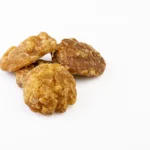Introduction
When we think of infectious diseases, our minds often conjure images of the most well-known ones—those with high mortality rates, such as HIV/AIDS, or the most recent global pandemics, like COVID-19. Yet, among the seemingly ordinary illnesses that afflict millions worldwide, there exists a subtle menace, the intricacies of which often evade the limelight. One such hidden nemesis is dengue fever.
Table of Contents
Dengue Virus: What is Dengue?
Dengue fever is a mosquito-borne viral illness caused by the dengue virus, primarily transmitted through the bite of the Aedes mosquito, particularly the Aedes aegypti species. It’s commonly characterized by symptoms that include high fever, severe headaches, joint and muscle pain, rashes, and, in some cases, bleeding. While these symptoms can resemble those of other viral infections, dengue is far from ordinary.
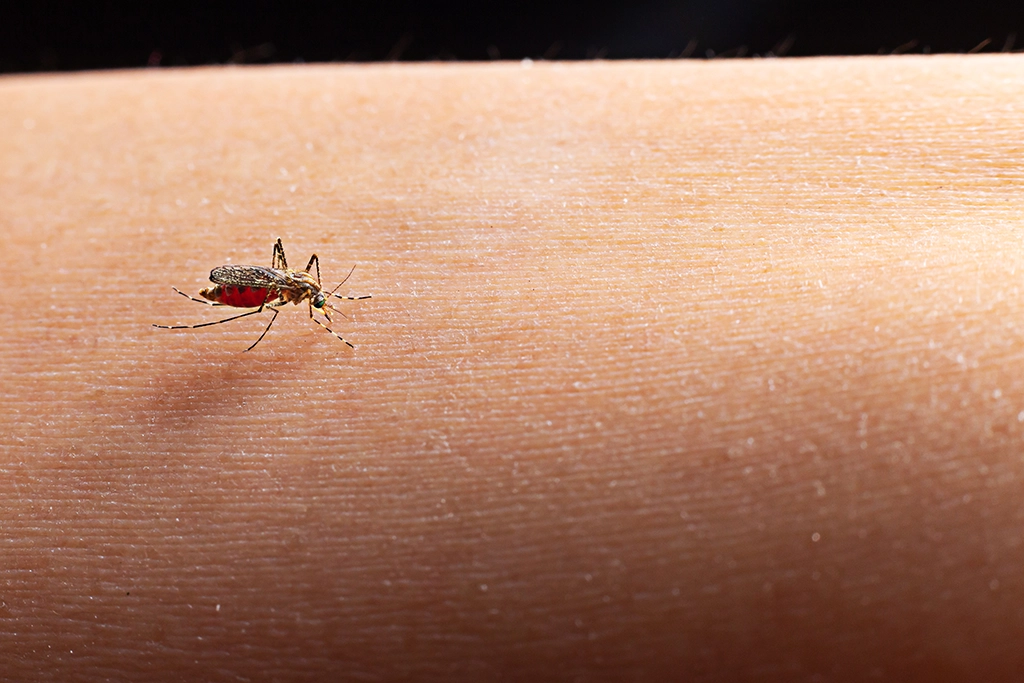
The Range of Severity
What makes dengue fever intriguing, and often misunderstood, is the vast range of severity it presents. In the mildest cases, it manifests as a self-limiting fever that may last for a week or so. However, in a significant number of cases, it takes a more sinister form—severe dengue, also known as dengue hemorrhagic fever.
Severe dengue is characterized by a sharp drop in platelet count, potentially leading to bleeding, organ failure, and, in the worst cases, death. The transition from mild to severe dengue can be sudden and is influenced by various factors, including the individual’s immune response and, as we’ll explore later, genetic factors.

Transmission and Spread
Understanding dengue’s transmission is key to preventing its spread. When an Aedes mosquito bites a person already infected with dengue, it acquires the virus. Subsequently, when this infected mosquito bites another person, it transmits the virus, thus perpetuating the cycle. It’s this mode of transmission that makes it a challenging disease to control.
Dengue is no stranger to global headlines, with outbreaks occurring in various parts of the world. In tropical and subtropical regions where Aedes mosquitoes thrive, dengue has established itself as a public health concern, affecting millions each year. Its ability to cause sudden, severe illness in a previously healthy individual has earned it the moniker “breakbone fever.”

Preventive Measures: Mosquito Control and Beyond
Preventing dengue is a shared responsibility that goes beyond individual protection. Traditional preventive measures include mosquito control, which involves eliminating breeding sites, using mosquito nets, and applying mosquito repellents. Community-wide efforts to reduce mosquito populations and transmission are also pivotal in minimizing the disease’s impact.

Maintaining Blood Components and Dengue Management
In the battle against dengue, maintaining the right balance of blood components is essential. White blood cells (leukocytes) play a crucial role in the immune response against the virus. Red blood cells, responsible for oxygen transport, can be affected by the virus. Platelets, small cell fragments, are vital for blood clotting and can decrease significantly in severe dengue, leading to bleeding.
A Microscopic Battlefield
As we embark on our journey into the genetics of dengue fever, it’s crucial to recognize the hidden complexities and challenges posed by this seemingly straightforward disease. The spectrum of severity, the intricacies of transmission, and the interplay of genetic factors are among the many layers that define dengue as a microscopic battlefield.
The Genetics of Dengue Fever
Dengue Virus Serotypes
To understand the genetics behind dengue fever, we must first grasp the complexity of the dengue virus itself. This virus comes in four distinct serotypes: DENV-1, DENV-2, DENV-3, and DENV-4. Each serotype carries its genetic variations, contributing to the diversity and challenges presented by dengue.
Dengue serotypes are more than just labels; they represent distinct genetic lineages within the dengue virus family. This genetic diversity is at the heart of dengue’s complexity. It’s not just one virus causing the disease; it’s four, each with its unique traits and behaviors. The presence of multiple serotypes in a region can complicate the situation, as infection with one serotype doesn’t grant immunity to the others. In fact, subsequent infections with different serotypes can increase the risk of severe dengue, adding a layer of genetic influence to the disease’s severity.
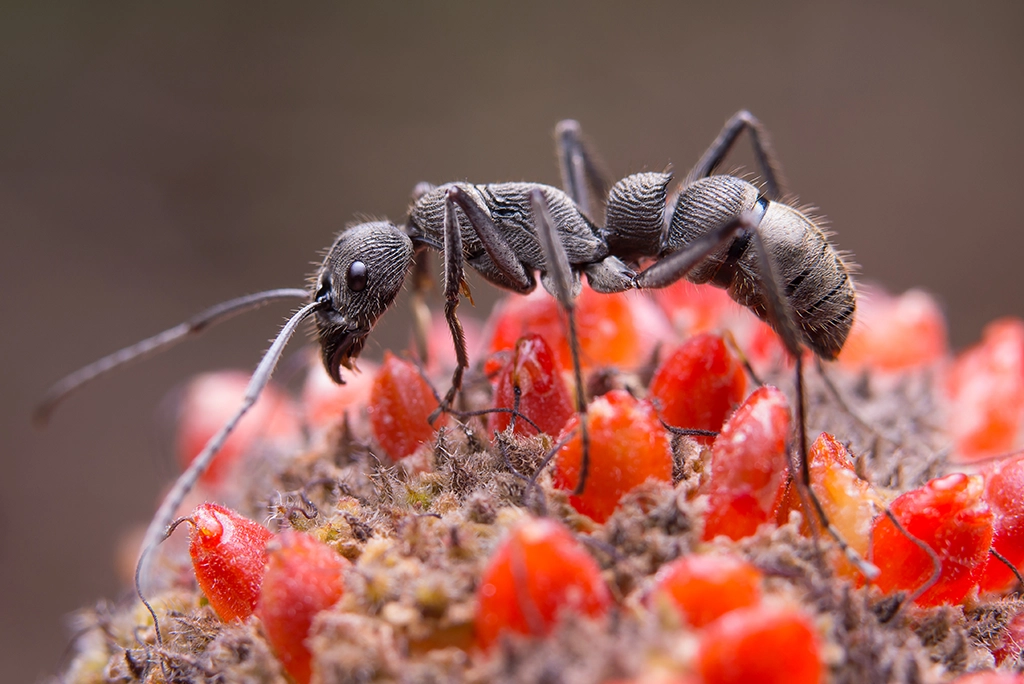
The Genetic Basis of Severity
Dengue fever doesn’t affect everyone in the same way. Some individuals experience mild symptoms, while others face the terrifying progression to severe dengue. Genetics play a role in this variability. Specific genes in our immune system can influence how we respond to the virus. Understanding the genetic basis of severity is a vital step towards personalized medicine and more effective treatment.
Genetic factors aren’t the sole determinants of severity, but they certainly contribute to the puzzle. A better understanding of these genetic markers could help predict who is at greater risk of severe dengue, allowing for more targeted interventions.
Genetic Engineering and Disease Control
Genetic engineering isn’t limited to crops or cloning; it’s a vital tool in our fight against dengue. Scientists are exploring innovative ways to combat the virus’s spread, and genetic modification is at the forefront of these efforts. By introducing specific genetic alterations into Aedes mosquitoes, researchers aim to reduce their capacity to transmit the virus.
Genetic Susceptibility
Beyond the genetic factors affecting dengue severity, there’s another layer of susceptibility to consider. Some individuals are more genetically predisposed to dengue infection. The exact mechanisms are complex, but they involve our immune system’s response and how the virus interacts with our genetic makeup.
The Role of Genomics
As we venture further into the realm of genetics, we can’t overlook the potential of genomics in our battle against dengue. Genomics, the study of an organism’s entire genetic material, can provide insights into the virus’s evolution and how it interacts with our genes. It’s a powerful tool for tracking dengue’s genetic changes, which in turn, can guide vaccine development and treatment strategies.
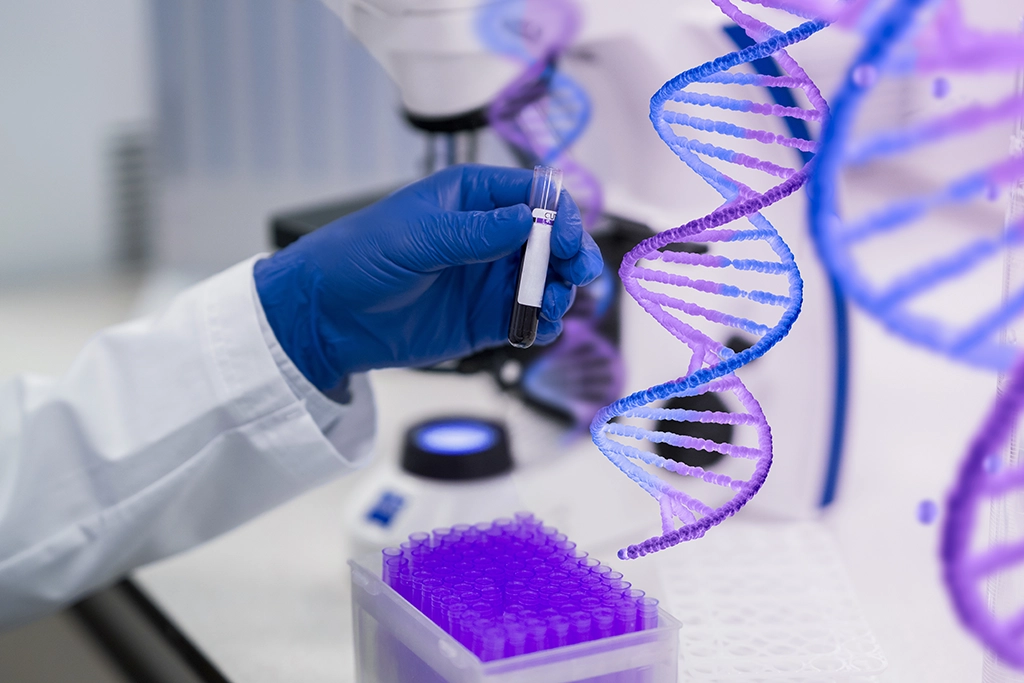
Virus Strains and Their Significance
Dengue Virus Strains
Dengue virus strains aren’t a single, uniform entity. They are a diverse group, each with its genetic makeup, and this genetic diversity is the cornerstone of dengue’s complexity. These strains impact the epidemiology of the disease, influencing its prevalence, severity, and geographical distribution.
Unraveling the genetic code of these virus strains is a challenging but critical endeavor. By understanding the genetic variations between strains, scientists can gain insights into how the virus mutates, adapts, and evolves over time. Such knowledge is indispensable in the development of vaccines and antiviral treatments that can effectively combat the varying strains of the virus.
Unraveling the Genetic Code
The genetic code of the dengue virus is a complex sequence of nucleotides that determines its characteristics, behavior, and interactions with the human immune system. Researchers are delving into this code, examining the genetic makeup of the virus strains to identify potential targets for intervention.
Understanding the genetic code of dengue is akin to deciphering the language of the enemy. It allows us to predict its next moves, anticipate its mutations, and ultimately, develop countermeasures that can halt its advance.
Virus Evolution
Dengue virus strains are not static; they’re dynamic and continually evolving. This constant genetic change impacts the virus’s virulence and transmission. The genetic variations among strains are what make dengue a moving target for researchers and public health officials.
In this evolutionary battle, genetics play a pivotal role. Tracking genetic changes in the virus can provide insights into its adaptability and help us stay one step ahead. Dengue’s ever-evolving nature challenges us to adopt a dynamic and flexible approach to disease control.
The Battle of Prevention
Mosquito Control: Beyond the Obvious
Mosquito control is at the forefront of dengue prevention efforts. Traditional methods include eliminating breeding sites, using mosquito nets, and applying repellents. But, to effectively control dengue, we must go beyond the obvious.
Innovative mosquito control strategies, including genetic modification of mosquitoes, are on the horizon. These methods challenge traditional approaches and leverage genetic engineering to reduce the mosquito population and, consequently, dengue transmission.
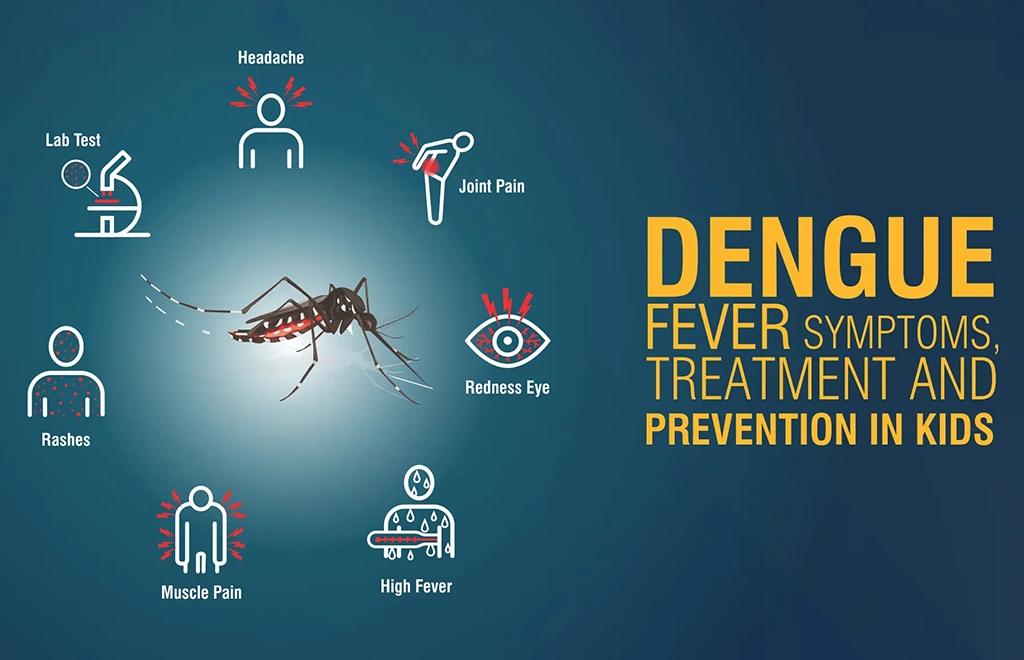
Vector-Borne Diseases: A Growing Threat
Dengue is not an isolated case. It belongs to a broader category of diseases known as vector-borne diseases, where vectors like mosquitoes, ticks, and fleas transmit pathogens from one host to another. Understanding the broader context of vector-borne diseases is crucial, as these diseases collectively pose a growing threat to global health.
Conclusion
A New Perspective on Dengue Fever
In this exploration of dengue fever, we’ve delved deep into the hidden complexities of a seemingly ordinary disease. We’ve uncovered the intricate web of genetics that influences its severity, the genetic variations among virus strains, and the innovative genetic engineering strategies for disease control. Our journey has challenged conventional thinking, urging us to embrace a new perspective on this enigmatic illness.
Embracing Change
Dengue, with its multifaceted genetics, reminds us that diseases are not static entities. They adapt, evolve, and challenge our understanding. As we explore genetics, genomics, and innovative approaches to control, we’re poised to embrace change. It’s a call to adapt and evolve our strategies to meet the ever-changing landscape of dengue.
Hope in Science
Though dengue may be complex, its complexity is matched by the resilience and creativity of the scientific community. Researchers worldwide are working tirelessly to decipher the genetic code of the virus, understand genetic susceptibility, and develop innovative approaches to disease control. With each breakthrough, we move closer to a future where dengue fever is no longer a hidden menace.

FAQs
1. Can genetics really influence dengue fever susceptibility?
Absolutely. Genetics play a significant role in determining an individual’s susceptibility to dengue. Specific genes in the immune system can influence how a person responds to the virus. Understanding these genetic factors is essential for predicting who might be at greater risk of severe dengue and tailoring treatment strategies accordingly.
2. How can genetic engineering help control the spread of dengue?
Genetic engineering offers innovative approaches to mosquito control. By introducing genetic modifications in Aedes mosquitoes that reduce their capacity to transmit the virus, we can curb dengue transmission. These approaches challenge traditional mosquito control methods and provide new avenues for disease prevention.
3. What are the most common misconceptions about dengue genetics?
One common misconception is that dengue is caused by a single virus strain. In reality, there are four distinct serotypes of the dengue virus, each with its genetic makeup. Another misconception is that genetics alone determine the severity of dengue. While genetics do play a role, other factors, such as the individual’s immune response, also contribute to disease severity.
4. How close are we to developing a genetically-based dengue vaccine?
Developing a genetically-based dengue vaccine is a complex endeavor. While progress has been made, challenges remain, particularly in addressing the genetic diversity among dengue virus strains. However, ongoing research and advancements in genetic science offer hope for the development of effective vaccines.
5. What role does genetic diversity play in the adaptability of dengue virus strains?
Genetic diversity among dengue virus strains is a key factor in their adaptability. It allows the virus to evolve and respond to changing conditions. This genetic diversity influences the virulence and transmission of the virus, making it a formidable opponent in our battle against dengue. Understanding these genetic variations is crucial for effective disease control and vaccine development.







